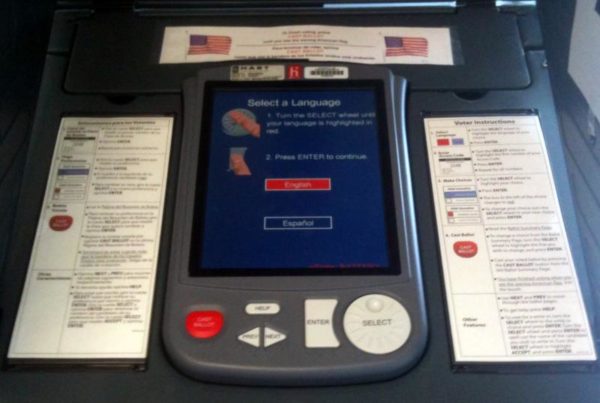Texas’ reputation as a law-and-order state often overshadows the fact that the state leads the nation in some aspects of criminal justice reform. But that reform carries a rather high price tag – one that might be greater than what many lawmakers initially imagined.
Brandi Grissom, Austin bureau chief for the Dallas Morning News, says that one of the most notable examples of the state’s criminal justice reform is its exoneration policy. In addition to paying exonerated inmates a lump sum of $80,000 per year for each year spent wrongfully incarcerated, Texas also provides an annuity of the same amount, paid in monthly installments for the rest of the former inmate’s life. That amount is calculated based on how long the person was wrongfully incarcerated and can range from a few hundred, to several thousand dollars per month.
Grissom says that since 1991, Texas has spent more than $109 million on 109 inmates who were wrongfully convicted. But in recent years, fewer exonerees have been identified, due in part to the growing price tag of exoneration. But Grissom notes that the state has adopted a number of reforms intended to prevent wrongful convictions in the first place. For example, prosecutors are now required to turn over their evidence to defense lawyers to improve transparency in the trial process. She says the decreasing number of convictions overturned based on DNA evidence has also had an effect on the number of exonerees.
“The number of cases in which DNA still exists that could potentially exonerate someone who’s already imprisoned has pretty drastically dwindled,” Grissom said. “We saw a big spike in those cases back in the early 2000s when (the DNA) first became available, but most of that DNA that could be tested has now been tested. What remains in terms of evidence that might be available to help people prove their innocence is much more difficult to prove in a court of law.”
Written by Rachel Zein.

















